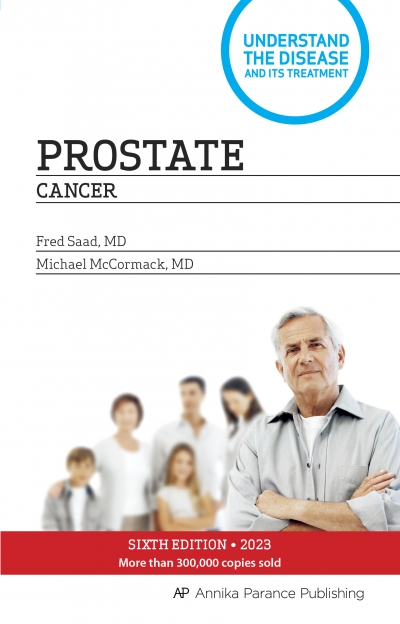
Preface by Armen G. Aprikian
Sixth edition entirely revised and expanded
"Understand the Disease and Its Treatment" series
In Canada, one man in seven risks developing prostate cancer. It is the most frequently diagnosed cancer in men and its incidence has increased by 30 percent since 1988. While most commonly diagnosed after age 70, prostate cancer can also occur in men in their forties and fifties.
Like other forms of cancer, this disease affects not only the patient but also his family. At the time of diagnosis, there are many questions that need to be answered. This book provides a simple, concise, practical guide to help patients understand prostate cancer. Now in its third edition, it has, over the years, become an indispensable reference work. It is an outstanding source of information on the prevention and causes of prostate cancer, its early diagnosis and the treatment options available, including their side effects and complications.
Prostate Cancer in 25 questions
Doctors answer the most frequently asked questions
